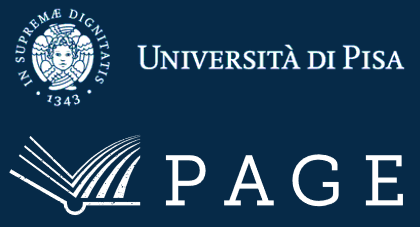
A research on new governance models and Payments for Ecosystem Services in mountain areas in Tuscany
Written by Tommaso Trinchetti
Tuscany, like many other regions in Italy, has strong differences between highly urbanized and populated plains and coasts – which concentrate productive activities and environmental impacts – and marginalized hills and mountains, characterized by the relevant presence of forests and rich biodiversity. These areas preserve a significant natural, social, and cultural heritage that must be protected and enhanced for contributing to both local well-being and regional sustainability.
Ecosystem Services (ESs) are defined as the direct and indirect contributions of ecosystems to our well-being, with a strong impact on our survival, quality of life, and economic sphere. Among the most important ESs produced in mountain rural areas – but that can generate benefits also for urban populations (e.g., carbon sequestration, maintenance of biodiversity, landscape, etc.) – we find those related to the management of water resources. In a context of increasing climate change, these ESs are fundamental to ensure water availability, maintenance of water quality and mitigation of drought risks. In order to support the generation of ESs, currently, the Payments for Ecosystem Services (PES) are increasingly used worldwide to financially support the integrated management of land and water based on the knowledge and engagement of local actors. These are policy tools or private contracts for remunerating actors who preserve and improve the local ecosystems. PES can achieve both environmental and social objectives, e.g., sustainable management of resources, employment, and quality of life for mountain communities.
In the light of the above, a recent research1 has attempted to define a methodology for promoting new territorial governance models based on the recognition of the PES in mountain areas in Tuscany, through pilot applications in two specific contexts: Mount Amiata and Mugello. The implementation of the PES system requires a multi-actor and multi-sector collaboration. It needs the cooperation of citizens, local and regional authorities, and public service providers. However, first and foremost, PES must be based on a detailed accounting system, resultantly the research opted to apply the System of Ecosystem Accounting (SEEA EA) at the municipal level. An interesting aspect of the SEEA EA is that it implies the assessment of the conditions of ecosystems before the ESs, thus allowing to consider primarily their integrity and then their value to humans.
The recognition of the PES requires users and producers of the ESs to get together to define objectives, evaluate different possibilities, define roles and responsibilities, draw up technical specifications, and formalize a contract. This has not been entirely possible within the research timeframe. Therefore, the resulting proposals are now part of an ongoing dialogue with the Tuscany Region on how to operationalize its plans and programs for the enhancement of mountain territories and communities. Different people or groups see nature – and value it – differently. Thus, an interesting research prospect concerns how to develop projects that engage and reward people not only to apply sustainable practices (like classic PES) but, first, to discuss, co-define, and develop the system of accounting and assessment, as a basis for governance strategies and PES contracts; strategies, policies or measures cannot work if people do not come to a previous agreement. To be effective, they must integrate all the different perspectives, needs and interests that people have with regard to the production/reproduction and use of natural capital.

